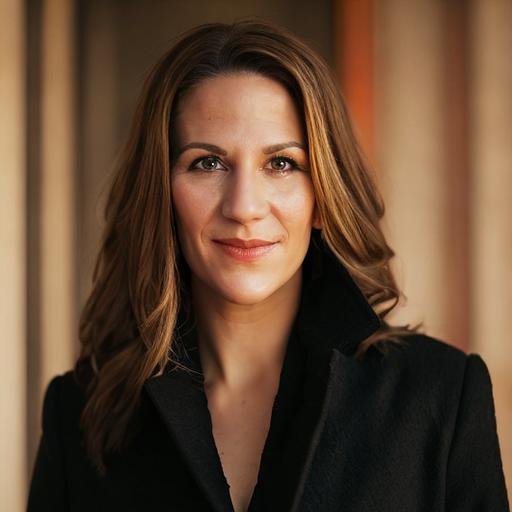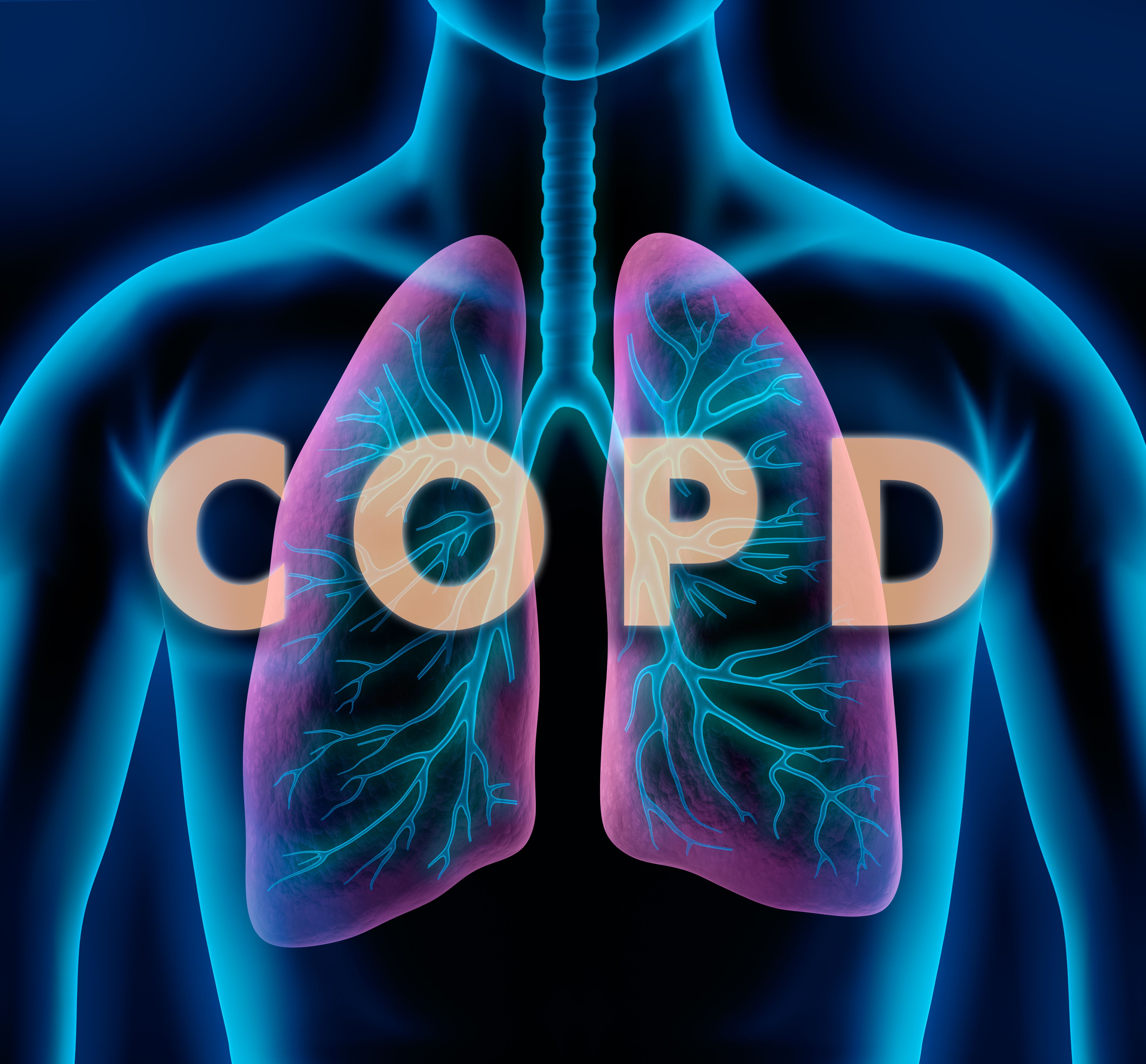News
Article
Real-World Evidence Evolves With the Tools and the Times, Flatiron’s Adamson Explains
Author(s):
From the rise of ChatGPT to the passage of the Inflation Reduction Act (IRA), the landscape that surrounds real-world evidence (RWE) is changing rapidly, and use of RWE is evolving right along with it, says Blythe Adamson, PhD, MPH, who is head of Outcomes Research and Evidence Generation, International for Flatiron Health, a company funded 12 years ago to harness the use of data in cancer care that became part of the Roche Group in 2018.
Since joining Flatiron 6 years ago, Adamson has seen its evolution, including collaborations with FDA and the National Comprehensive Cancer Network, and just this week a new partnership with the Association of Cancer Care Centers to improve data capture in clinical trials.
Blythe Adamson, PhD, MPH | Image credit: Flatiron Health

But the biggest changes on the RWE scene may be on the horizon, Adamson said during an interview with The American Journal of Managed Care® during last week’s meeting of ISPOR—The Professional Society for Health Economics and Outcomes Research in Atlanta, Georgia.
The IRA: More Need for RWE?
From her vantage point as the person overseeing Flatiron’s relationships with international collaborators, Adamson knows how important RWE can become when regulators have a stronger hand in controlling drug prices. She was among many at the ISPOR meeting who were hopeful that RWE can play an important role as the IRA takes hold in the US.
“CMS has had their hands tied behind their backs before [now],” she said. Overseas, the ability to negotiate prices has been part of the process for a long time, and use of RWE is well-accepted. “I would say there’s almost a greater foothold and engaged membership in Europe, where health technology assessment is a more of a routine part of the conversation for access.”
CMS’ own claims data will be used to identify which oncology drugs will be included in future rounds of negotiations—and Adamson said Flatiron is getting requests for its data from both manufacturers and other parties, as everyone looks ahead to future rounds of talks.
Claims data, however, have limits. Especially in cancer, these data cannot always describe health outcomes. It can show, for example, that an insurer paid for test, but not what the results were, “or clinically meaningful things like the ECOG performance status.”
Outcomes such as disease progression—so important in cancer—require comparative effectiveness analyses, Adamson said, especially when evaluating the value of newer, expensive therapies. This is where Flatiron comes in. “The outcomes that patients are achieving in the real world are believed likely to be submitted to CMS as evidence of value for negotiation,” she said.
Adamson emphasized that right now, the IRA is new to everyone. Compared with Europe, things will play out differently, because the law bars the use of quality-adjusted life-years, or QALYs. Price negotiations for the first round of 10 drugs are scheduled to conclude in July, with prices announced in September to take effect in January 2026. With President Biden calling for the IRA to eventually cover as many as 500 drugs, the process will necessarily evolve over time.
“There are going to be a lot of learnings from the first few cycles of negotiations to see what CMS has the capacity to do,” Adamson said, noting that CMS seeks data analytics support for the IRA modeling. “So, we'll also have to wait and see.”
Large Language Models and RWE
At ISPOR, Adamson was a coauthor on a study that demonstrated how the use of large language modeling (LLM) can increase the usefulness of biomarker testing reports in oncology. The abstract, “Using large language models to extract PD-L1 testing details from electronic health records,” evaluated the effectiveness of using these models to quickly identify the essential details from a large electronic medical database.1
The rise of precision medicine has opened new doors in oncology, but it’s not without challenges. “The new testing reports themselves are very complicated; they have embedded within them tables and descriptions,” she said. “It takes time for nurses and providers to go through and understand these complex reports. And I’d say what we are finding is that LLMs are good at some things, and not great at others.”
Flatiron is finding that LLMs can be used to go through complex reports and efficiently pull out details that are clinically meaningful, Adamson said.
Sharing Data Across Countries
Adamson is a leader in collaborative efforts to share data globally, which is more challenging than it sounds. Different countries have different treatment patterns and different clinical guidelines, and European regulations strictly bar an individual’s data from leaving the country. Flatiron has worked with 4 different countries on models to use patient data in a way that complies with regulations while allowing researchers to compare what is happening globally. The partner countries are the United Kingdom, Germany, and Japan.
“After years of careful planning and engagement with government or patient communities in each of these regions—to have a compliant way of anonymizing patient data in each of those countries in ways that are unique for each country,” she said.
Being compliant looks a little different in each place, but “the benefit is that after anonymizing this data at the source, then curating it into these deidentified data sets, we're able to have a trusted research environment where we can pull together the individual patient level data from 4 countries to do analysis at the patient level. And this is something that historically hasn't really been possible before with real-world data, because the data is not allowed to leave country borders.”
Having this rich, diverse data allows for subgroup analyses that would not have been possible previously. “For example, [we’re] learning from Japan, where metastatic colorectal cancer and gastric cancer are happening in much younger populations than expected,” Adamson said. This opens up opportunities to ask new questions about whether the drugs patients take in these places are working.
Through the Flatiron FORUM—Fostering Oncology RWE Uses and Methods—Adamson acts as principal US investigator along with Páll Jónsson, PhD, from the United Kingdom to compare patient experiences in both countries and see how the electronic health record can be used in decision-making.
“It’s expanded to include many different countries, and now many different pharmaceutical company and life sciences company partners are talking about this issue of transportability. How can you learn from the experience of patients in one country and transport that learning across country borders and apply it to decision-making in another country?”
With all that is going on in the realm of regulation, Adamson said this work “absolutely” has relevance for authorities in multiple countries.
“Local real-world data is always preferred, but it’s not always available. So, when is it appropriate to make a decision in France based on data from the US, the UK, or Germany? Especially when drugs come to market at different times in different countries?”
In other words, “How can we learn from the experience of as many patients as possible?”
Reference
1. Cohen A, Waskom M, Adamson B, Kelly J, Amster G. Using large language models to extract PD-L1 testing details from electronic health records. Value Health. 2024;27(6):S1,MSR64.

The Importance of Examining and Preventing Atrial Fibrillation




